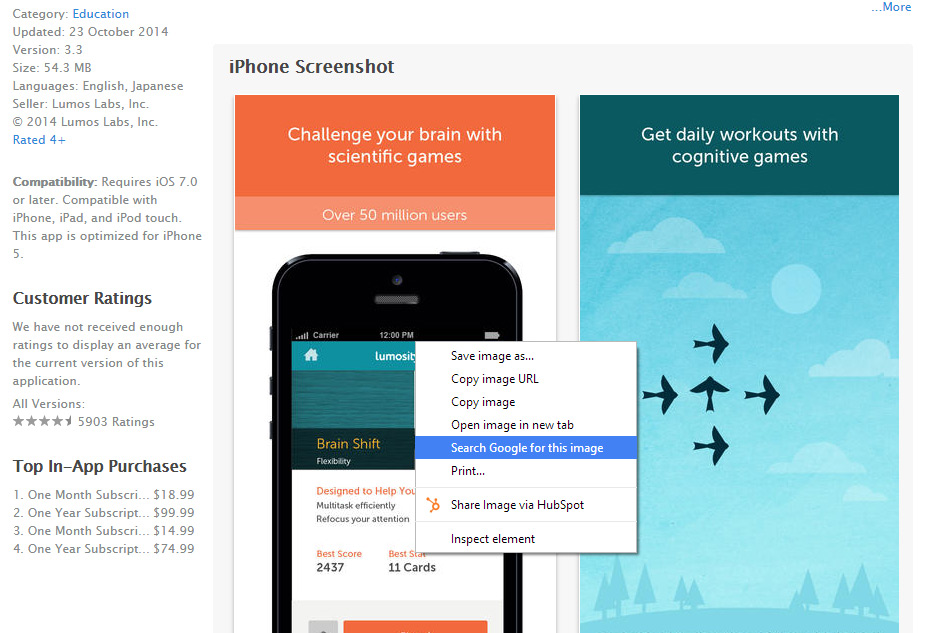We’ve got a fancy website. Do we need to splash more cash on a mobile site too? – StartupSmart
I have started an online retail site that is fairly flashy. I’m now confronting the issue that we want customers to make purchases via their mobile phones – is it worth the time and money getting a specific mobile site?
This isn’t really a case about whether you can afford to have a mobile site, but more a case of you CAN’T afford NOT to!
You see, it’s all about facts.
It’s estimated there are around 8.8 million smartphones in Australia. Most experts say this will grow to a staggering 12.2 million by the end of 2012.
With 37% of the market now using the internet through these devices, you have to do your maths and decide if you are happy to ignore these consumers’ needs?
Generally, we would recommend a client seriously consider a mobile site once the traffic to their site reaches 10%, it’s pretty crucial at 20% and completely vital at 30%. I’m not sure about you, but ignoring a third of your customers just doesn’t make business sense!
So now you’ve worked out you need it, you just modify up your existing site and BOOM you have a mobile site right? Well…not quite.
There is a real art to mobile design and you can’t approach it the same way as you would a desktop design. Touch points and mobile browsing habits are completely different to desktop usage.
You also need to consider environmental differences. While you can somewhat guarantee that a desktop user is sitting in a room somewhere, a mobile user could be doing anything from standing in a bus to walking down the street to sitting on the toilet!
Suddenly, your “captive market” is very different and thus you need to be sure your site appreciates this.
There are also many technologies from which to develop a mobile website. I prefer what we term as ‘responsive design’.
As the name suggests, it responds to the user’s interface rather than being device specific. Many people mistakenly think all smartphones are the same when, in fact, this couldn’t be further from the truth.
You also have to be conscious of the technologies you’re using, as some smartphones do not support the same technologies as your desktop computer will. The most common example of this is Flash-based elements on iOS devices such as iPads and iPhones.
There are really two steps to take at the end of the day. The first is to identify your need. This requires you to have statistics on your site and be able to see the increase in mobile traffic you’ve been receiving. The second is to seek out an expert that can effectively deliver a mobile version of your site.
Finally, know it is much better to design and develop a desktop and mobile version of a site at the same time. Doing this will save you time and money plus give you a much better final result.
NOTE: You can see an example of Responsive Design by visiting the Jack in the Box website – www.thebox.com.au – on a desktop computer and a smartphone at the same time to see the difference.

